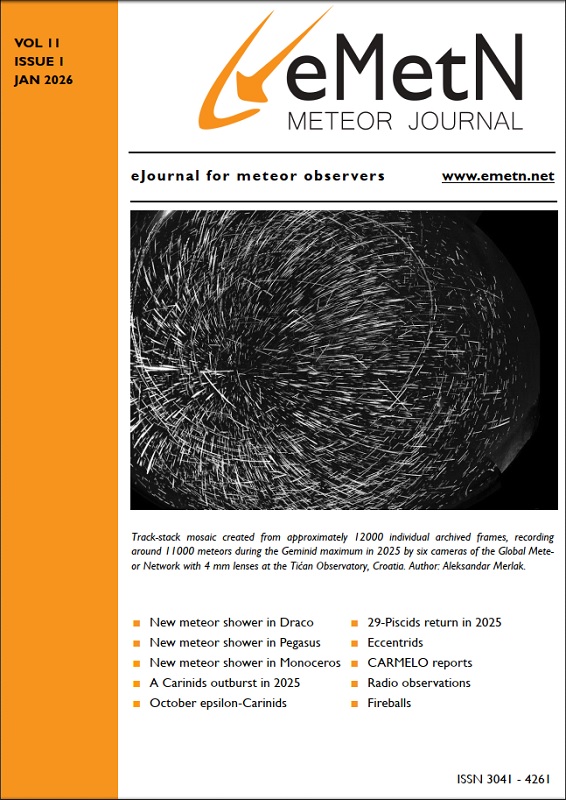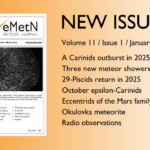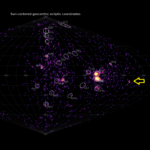Meteor Activity Outlook for 22-28 July 2017
During this period the moon will reach its new phase on Sunday July 23. At this time the moon will be located near the sun and will be invisible at night. As the week progresses the waxing crescent moon will enter the evening sky but will not interfere with meteor observing.
Read More


